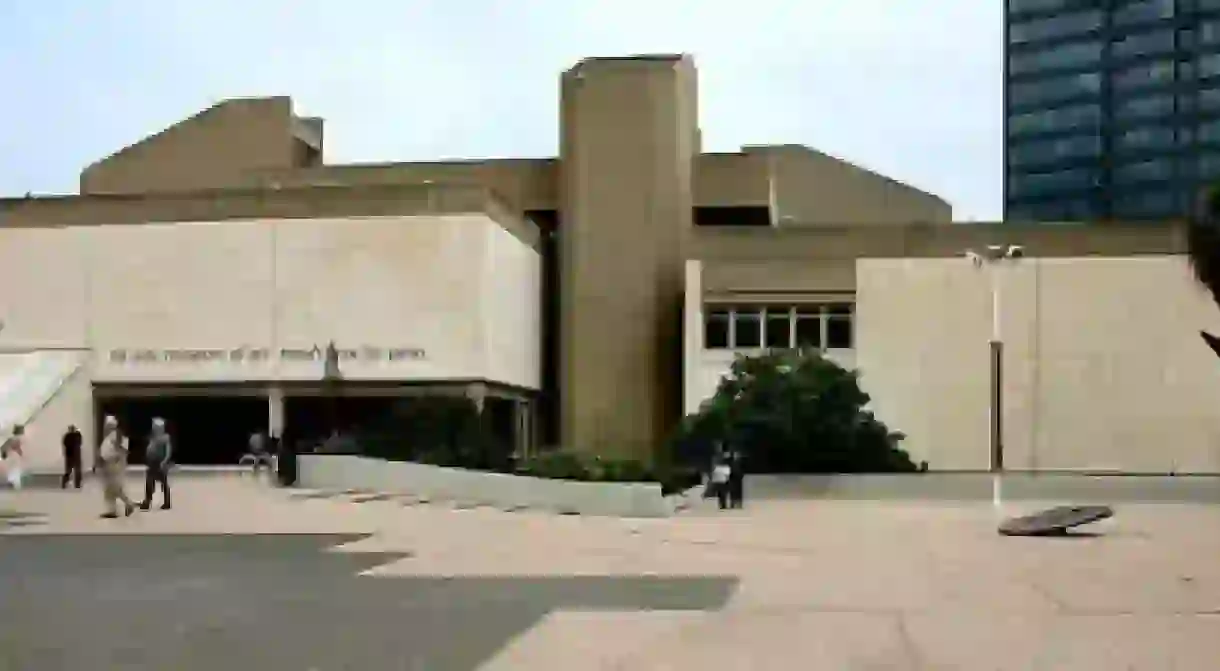Meet Suzanne Landau, Director And Chief Curator Of Tel Aviv Museum Of Art

Suzanne Landau previously held the position as Curator of Contemporary Art at the Israel Museum, Jerusalem, in 1982, and from 1998 also served as the Chief Curator of Fine Arts. Since her appointment as Director and Chief Curator of the Tel Aviv Museum of Art, she has put forward multiple initiatives such as the creation of the Museum’s Friends in Israel group and the Acquisition Committee for Israeli Art. We caught up with Suzanne to ask her more about art in Tel Aviv.

CT: How long have you been director of Tel Aviv Art Museum of Art? Could you tell us about the history of the institution?
SL: I was appointed Tel Aviv Museum of Art’s (TAMA) Director and Chief Curator in August 2012. The Tel Aviv Museum of Art has a rich history: it was founded in 1932 by the first Mayor of Tel Aviv, Meir Dizengoff, in his private home on Rothschild Boulevard. Since then, the museum has developed substantially, and its collection, which originally comprised only a few dozen items, has grown significantly. TAMA is currently situated within three buildings, and mounts between 26 and 30 exhibitions annually.
In addition to our extensive program of permanent and changing exhibitions, the museum offers a rich selection of cultural activities including classical and jazz music performances, lecture series, dance performances and art film screenings. The Education Department provides a wide range of guided tours, workshops and lectures for children and adults.

CT: What most excites you about the Tel Aviv Museum of Art and how is it different from other museums? What do you think are its key strengths?
SL: The Tel Aviv Museum of Art is located in the heart of this dynamic, non-stop city, and this vibrant energy carries through to the Museum activities. Recently, we hosted a ‘Surrealist Night’, which brought nearly 3,500 young people to the museum, and stayed open until 3am. The Herta and Paul Amir Building has garnered local and international attention from visitors, press and academics. It was inaugurated in November 2011, and has since become an internationally renowned landmark of the city.
Additionally, TAMA is the largest contemporary art museum in Israel, with the largest collection of Israeli art on display, and includes a comprehensive art library, which is a resource for art students and scholars from all around the country. The Museum’s Education Department is one of the museum’s key strengths. Among the numerous programs and activities offered are ‘The Art Road to Peace’ and art courses for underprivileged youth.

CT: If you could recommend one exhibit in the Tel Aviv Museum of Art what would it be?
SL: National Collection by the performative group Public Movement at the museum through 10 December 2015. The first exhibition of its kind to be presented in Israel, National Collection is an interactive performance that provides museum-goers with a multi-sensory experience, and engages viewers in a dialogue focusing on the relationship between municipal and national identity with regard to the development of Israeli visual culture. The exhibition functions as a guided tour of six stations throughout the museum.
As one of Israel’s leading modern and contemporary art institutions, it is elemental that the museum continue to show and promote innovative and thought-provoking exhibitions, and in doing so cultivate public awareness and understanding. National Collection marks TAMA’s first major exploration of performative work in the exhibition framework, introducing new modes of performance and contemporary art into the museum’s galleries.
CT: Who would be your dream artist to showcase?
SL: I am fortunate that we will be able to realize some exhibitions by my dream artists in the coming years: In 2016, the museum will show an exhibition by the Scandinavian artist duo Elmgreen and Dragset, and exhibit works by American artist Taryn Simon. In 2017, we will present exhibitions by Colombian-born Doris Salcedo and the eternally influential French-American artist and sculptor Louise Bourgeois.

CT: What do you think makes art in Tel Aviv unique from other cities?
SL: Tel Aviv is known internationally as a ‘non-stop’ city, in great part due to the number of cultural activities that continuously take place throughout the city and the vibrant energy in which this is received by the public. Tel Aviv is home to the Opera House, the main theatres, dance companies, as well as a dozen of top fringe theatres. In addition, the main galleries and the majority of the artists’ studios are located in Tel Aviv, and the city offers several alternative spaces for exhibiting contemporary art.
CT: When was/is the best point of time for Israeli art?
SL: The best time for Israeli art is now! Israeli artists are gaining international exposure, participating in major international exhibitions and biennales, and are represented by galleries all over the world. There is a lot of support and enthusiasm surrounding contemporary Israeli artists today.













